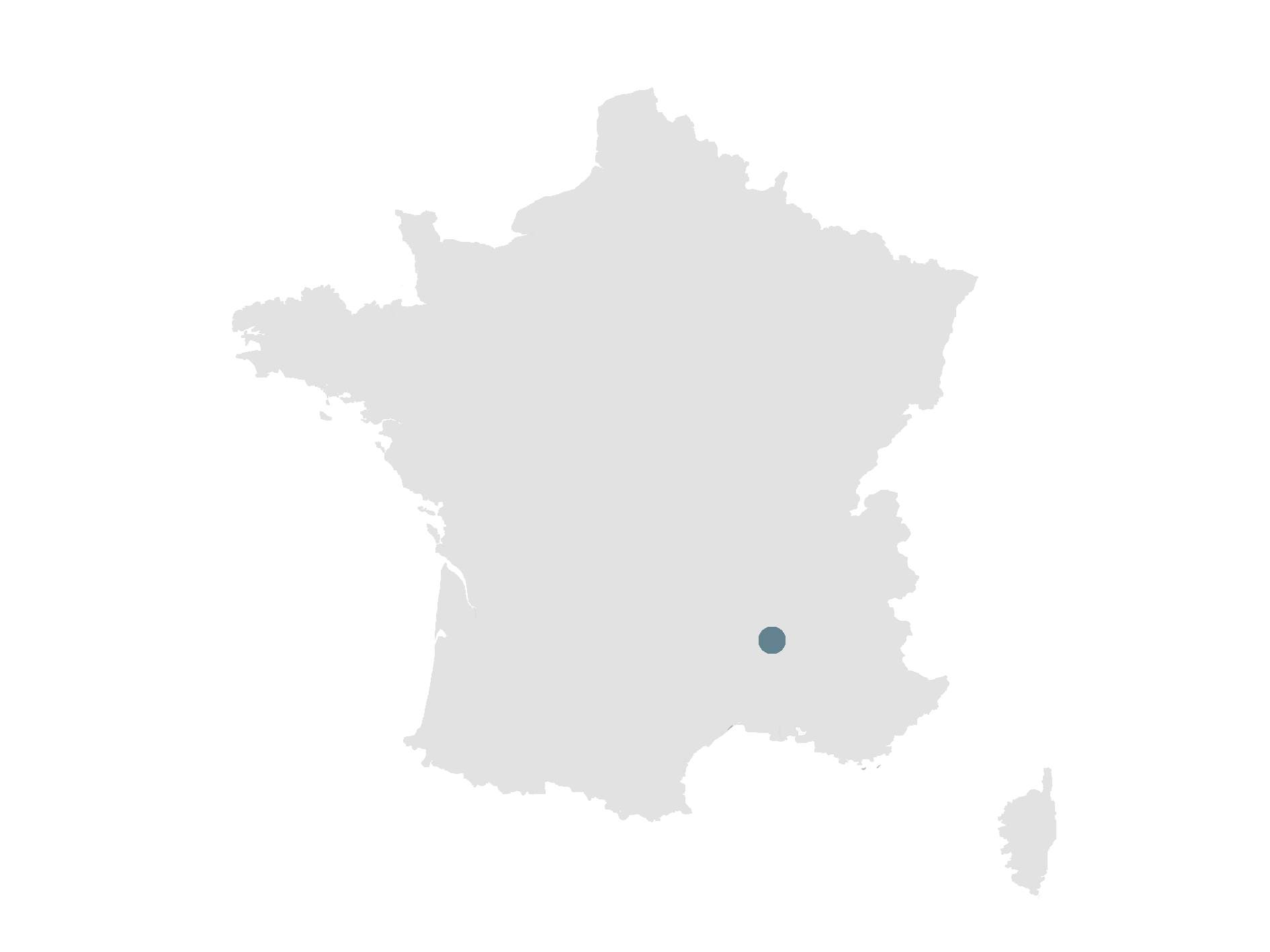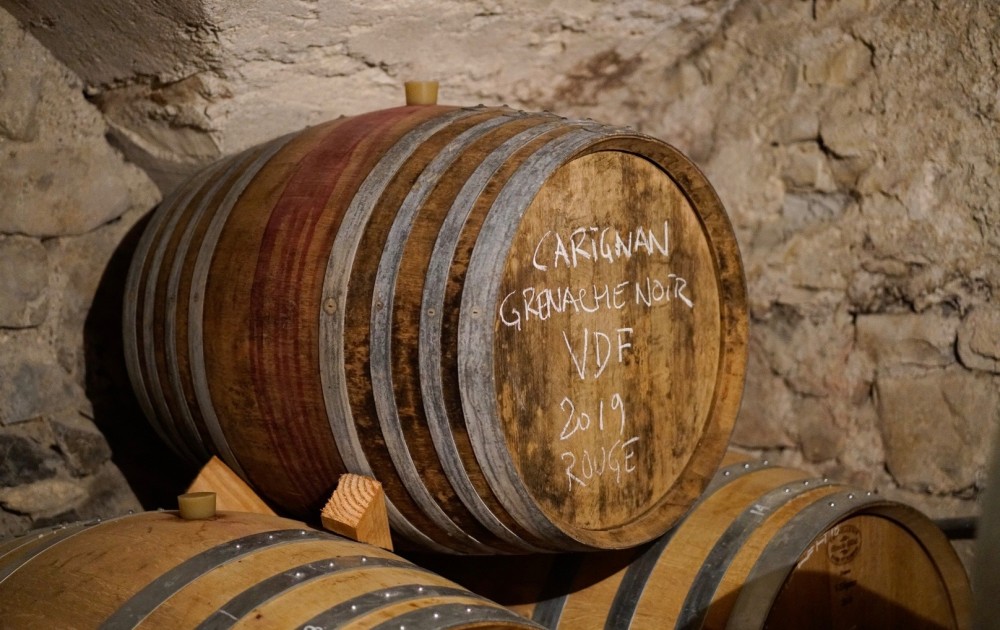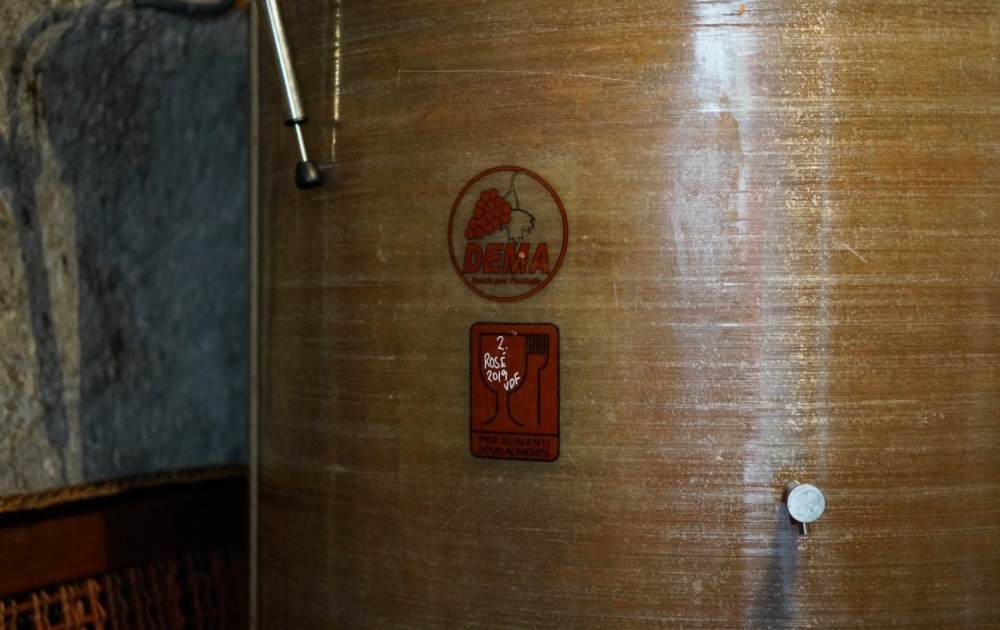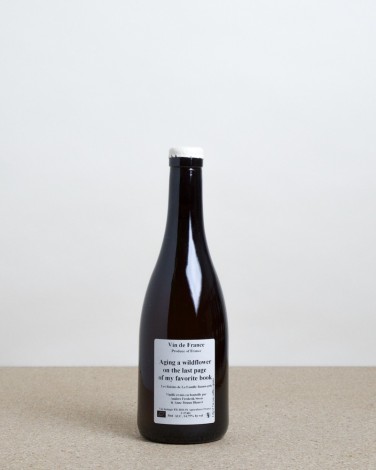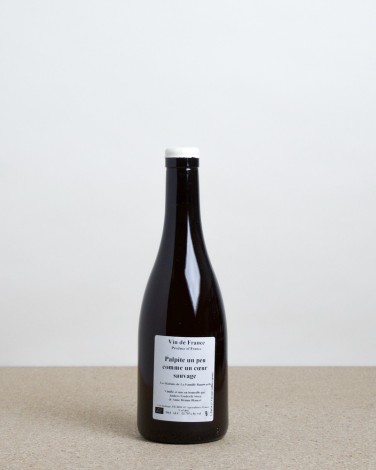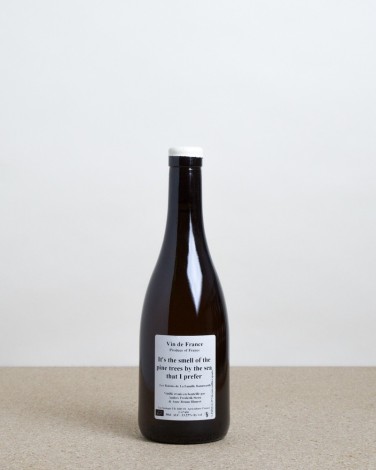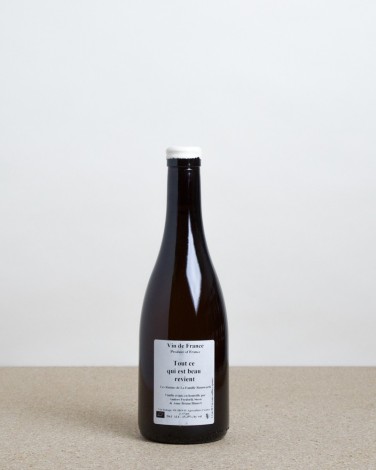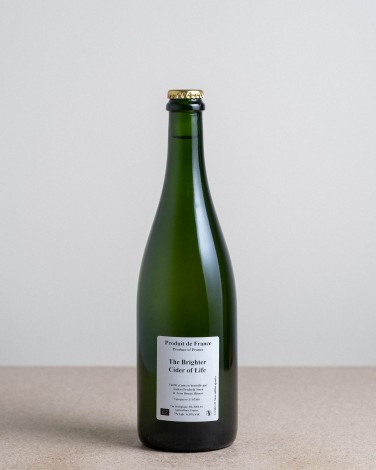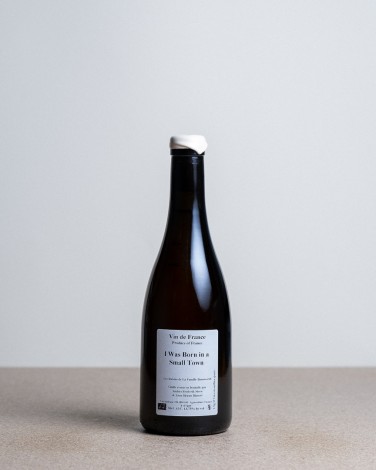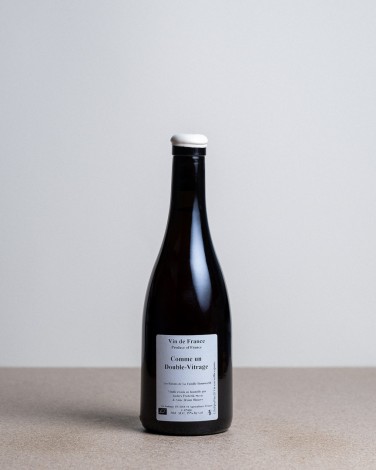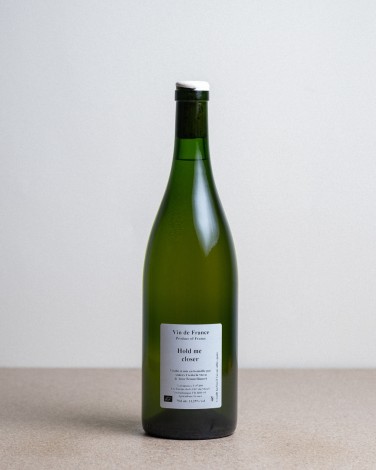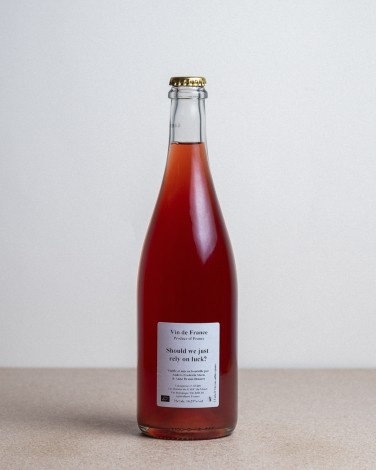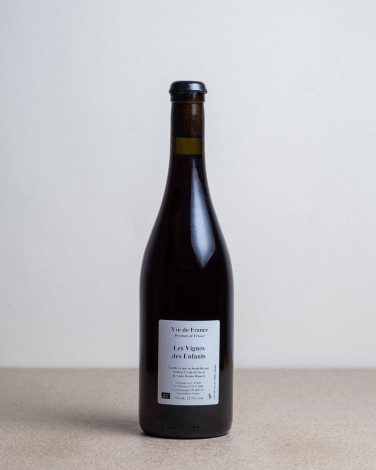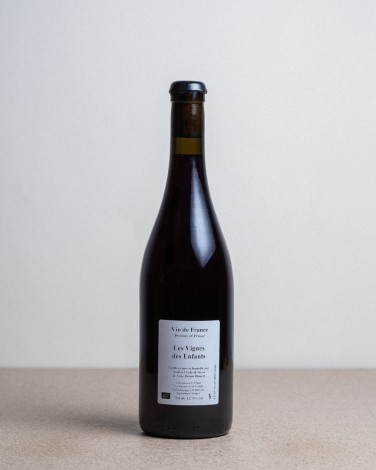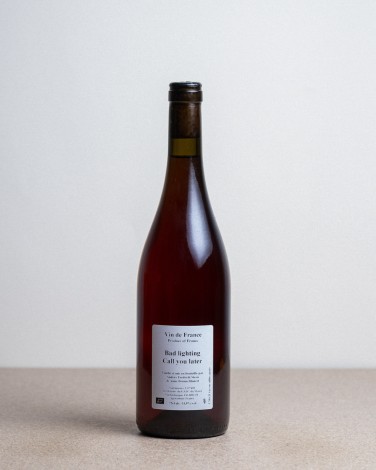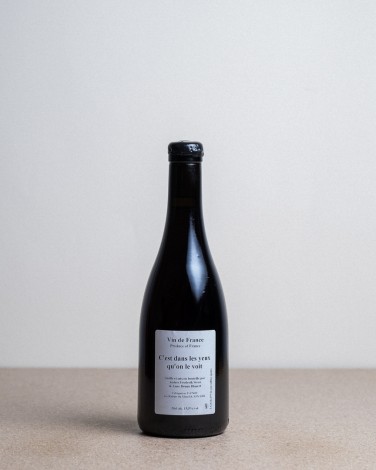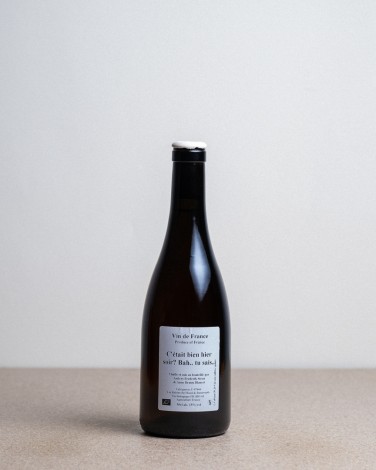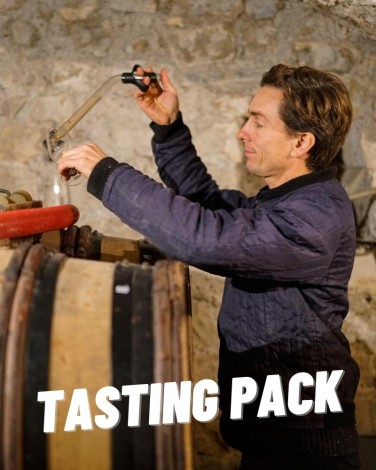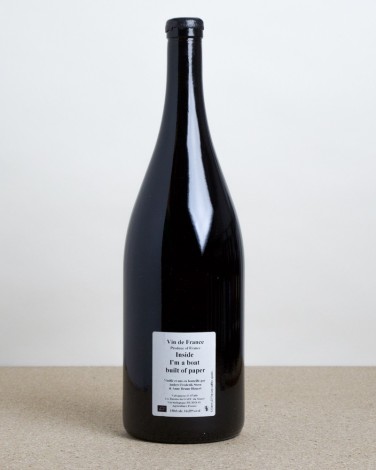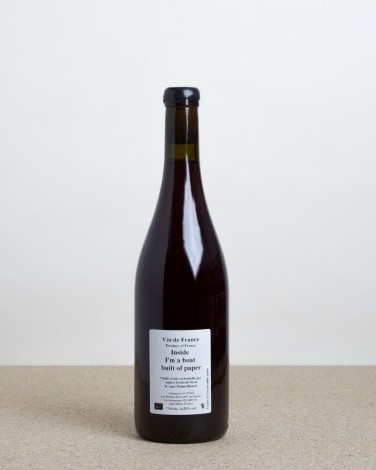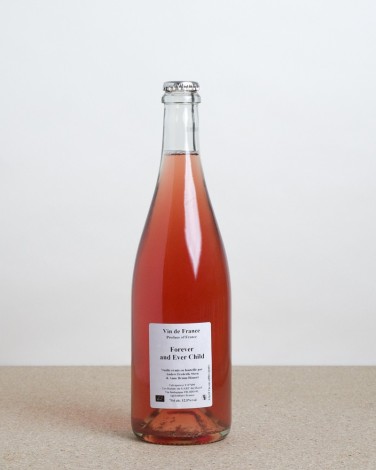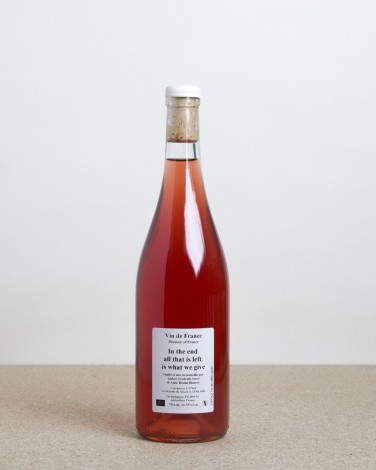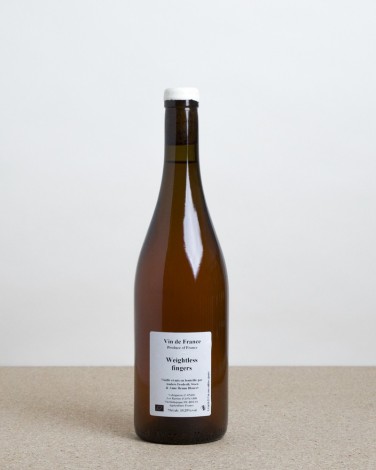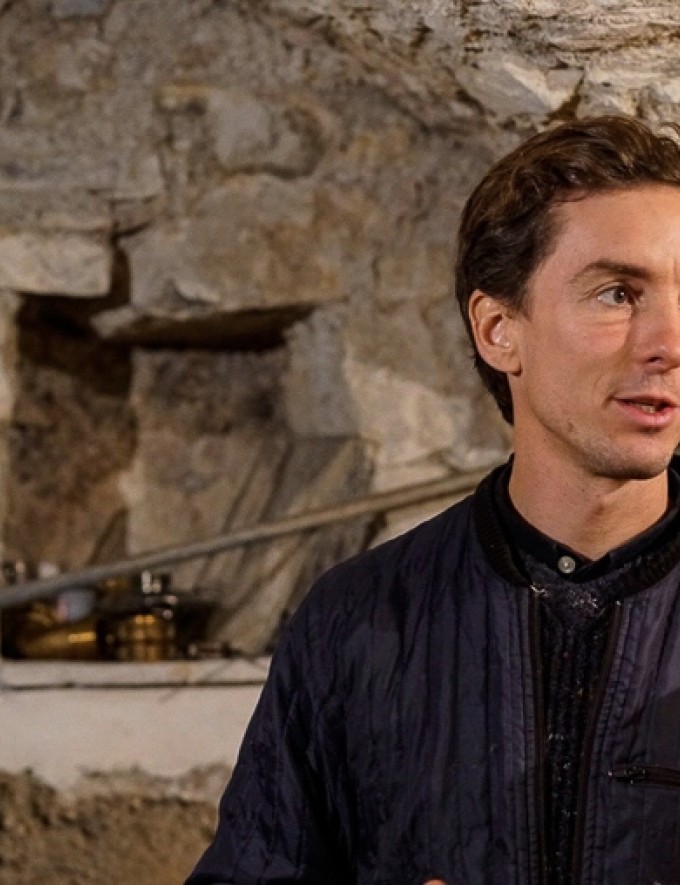
Anders Frederik Steen & Anne Bruun Blauert
Anne & Anders
A Danish couple established in a village that the Romans already recognised for the quality of its vines, Valvignères. From one vintage to the next, they produce wines with evocative names that will leave no one indifferent...
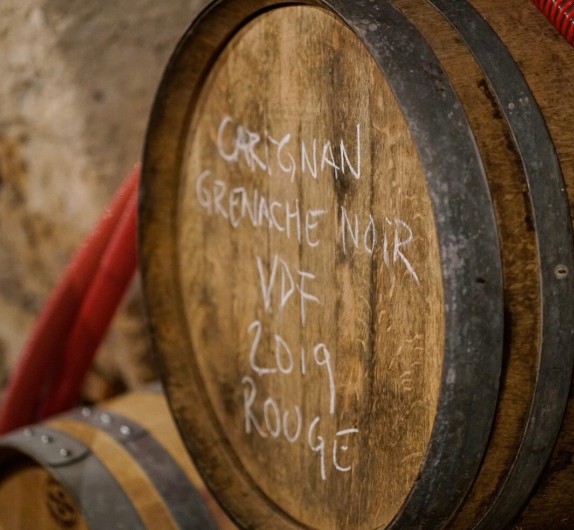
Anders Frederik Steen at a glance
| Country | France |
| Region | Ardèche & Alsace |
| Village | Valvignères |
| First vintage | 2013 |
| Cultivated grapes | Syrah, Carignan, Grenache Blanc, Pinot Noir... |
| Size | 3.6 hectares |
| Our favorites | Oiseau de Mer, Cette main légèrement serrée... |
A Danish in the Ardèche
Anders Frederik Steen was born in Denmark, where he trained as a sommelier in prestigious establishments in Copenhagen, starting at Noma, where he developed a taste for healthy, simple and lively wines, which are really "only made of grapes". He then went on to be in charge of the wine selection for Relae restaurant and its bar Manfred's, where he established one of the first 100% natural wine lists, also expanding into wine importation in Denmark.
As the years went by, Anders was more and more attracted by the call of the vineyards. It is with the famous nomadic producer Jean-Marc Brignot that he learned about winemaking, buying grapes from producers he liked and signing rare and unique vintages, which are now anthology.
Tired of going back and forth between France and Denmark and keeping his multiple hats on, Anders had to make a choice. It was to be the vine. He settled in Valvignères, the "valley of the vines", already popular with the Romans, in the Ardèche. With the help of Gérald Oustric of the Le Mazel estate, he made his first vintages in 2013. In Alsace too, he recovers some of the Bannwarth family's grapes, which, unlike many winemakers who take them home, he vinifies on site, in a cellar dedicated to him. Anders argues that the cellar itself is also part of the local terroir and that it cannot be separated from the rest. Today, while he grows 0.6 hectares of his own grapes, Anders continues to work with the Oustric and Bannwarth families.
From his experience in the kitchen and as a sommelier, he retains a certain spontaneity, the desire to work with what exists, to adapt, to create constantly. Thus, each year, the wines differ, sometimes direct presses, sometimes macerations, blends varying with the vintage, but always made at the time of harvest, so that the juices are fermented and matured together, becoming one.
Anders makes wines of rare depth, expressive and striking. He vinifies outdoors, lets the juices ferment spontaneously, and the vinification and maturation are completed in old barrels, tuns or vats, always in the open air. The result is juicy and surprising nectars. The approach is his own, the grape varieties are classic for the region, Carignan, Cabernet Sauvignon, Grenache, Syrah... The wines are never the same, specific to the vintage, an ephemeral aspect, the expression of a terroir by a winemaker, at a precise moment.
Anders Frederik Steen & Anne Bruun Blauert - the complete range
We can do what I can’t
The names of Anders' vintages are always very evocative, often carrying a message, sometimes more clearly than others. At the beginning, Anders used them in a more militant way, neither a politician, nor a star of the screens or music, he found on his labels, which soon travelled to the four corners of the world, the means to express his dreams and his philosophy to the greatest number.
This led to the creation of vintages such as "Please don't throw plastic into the oceans", which he had translated and printed in 12 languages, one per bottle in a cardboard box, "Let's eat the world we want to live in", "We can do what I can't", or "I read the news today, oh boy!" on the day of Trump's victory in the American election...
The village of Valvignères, France
